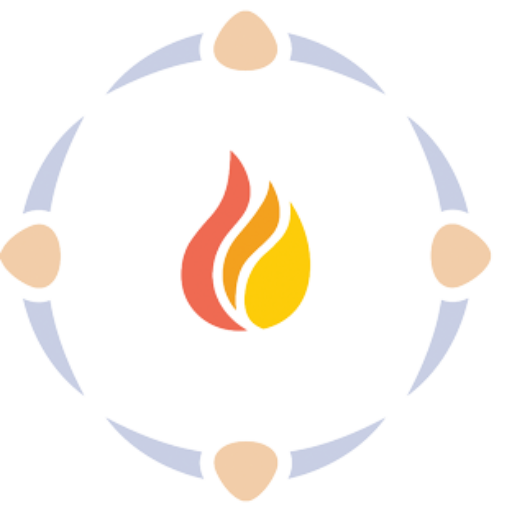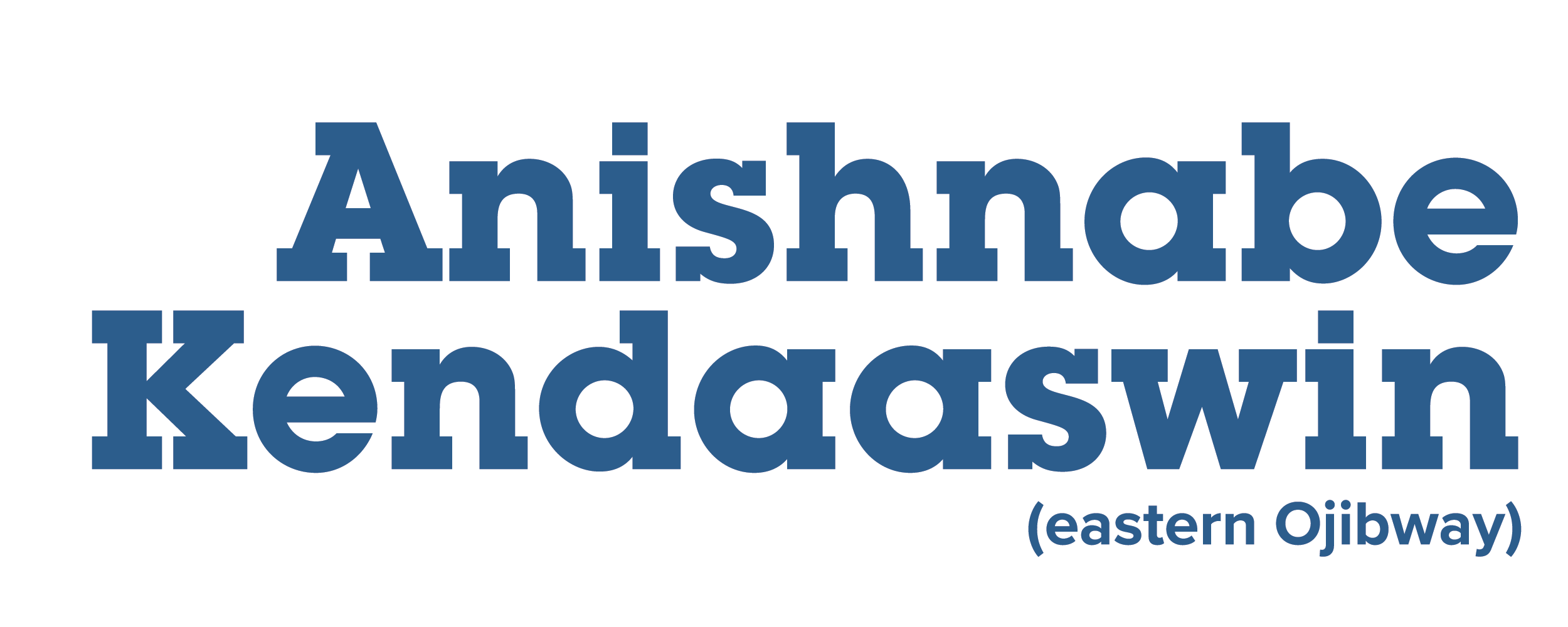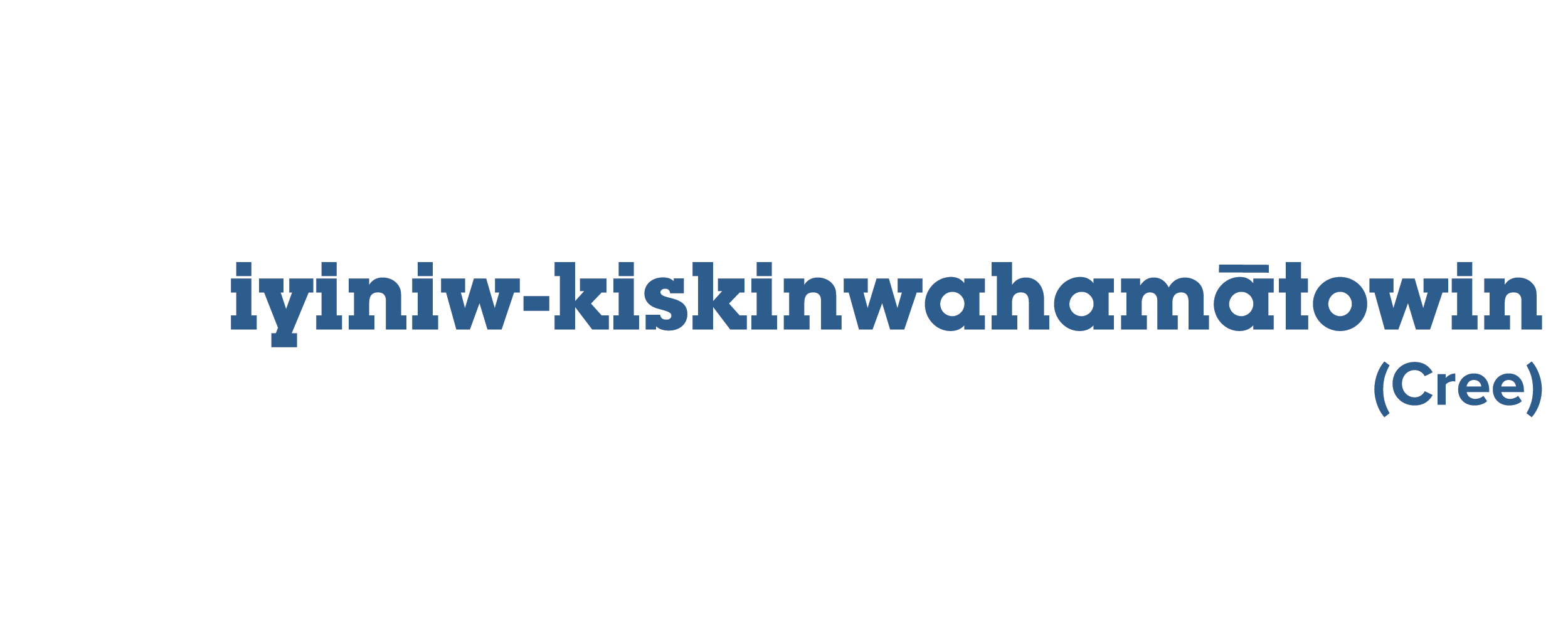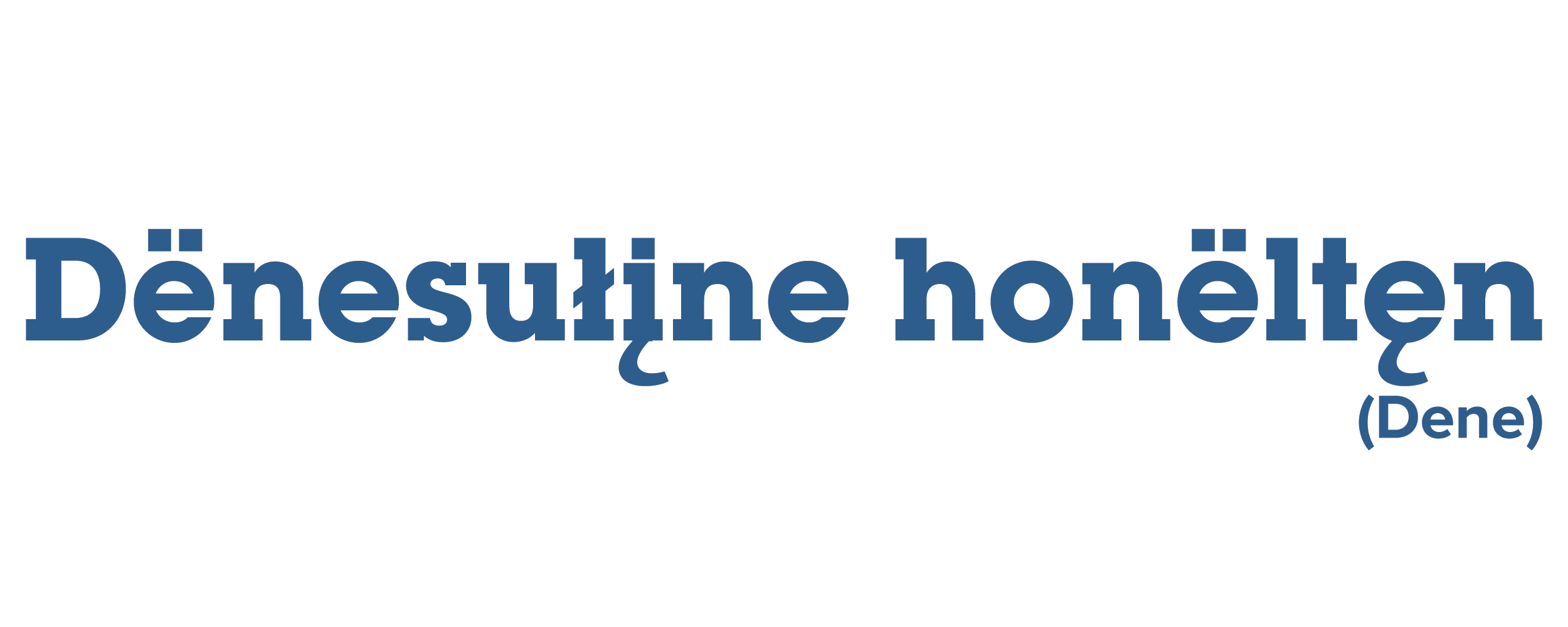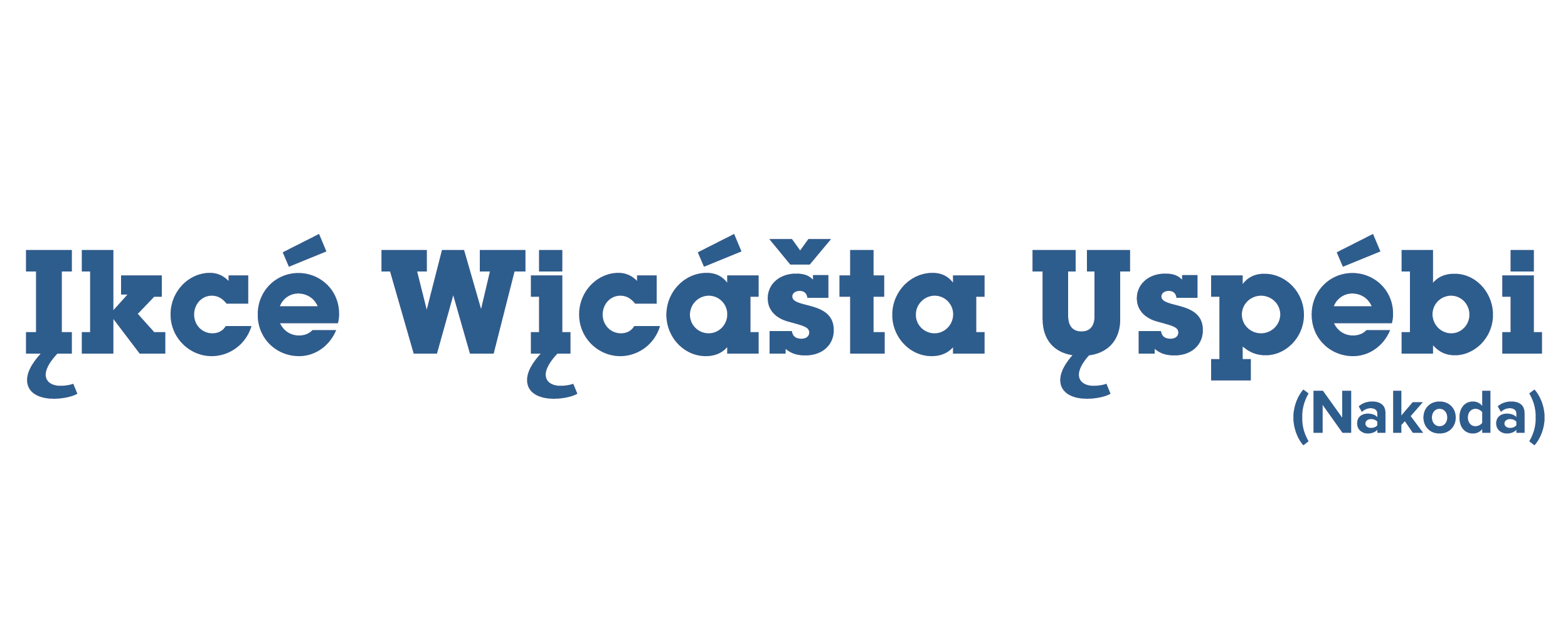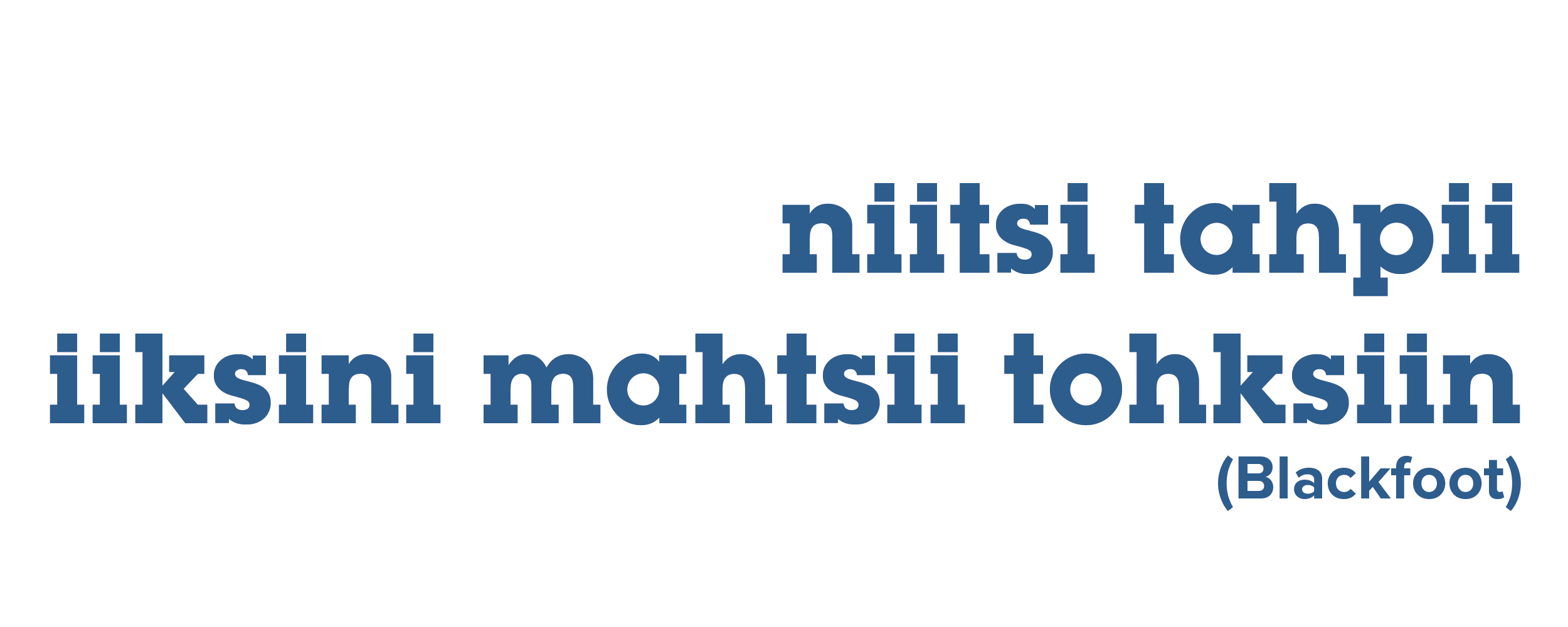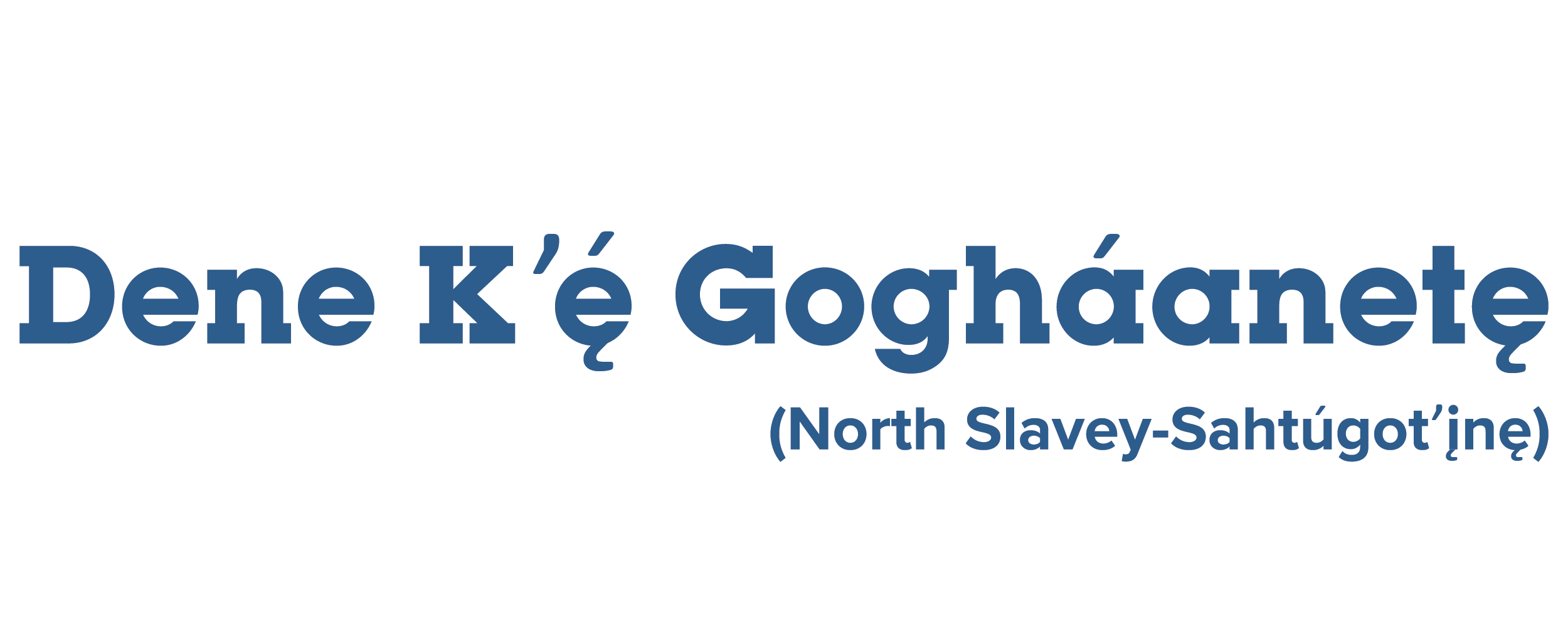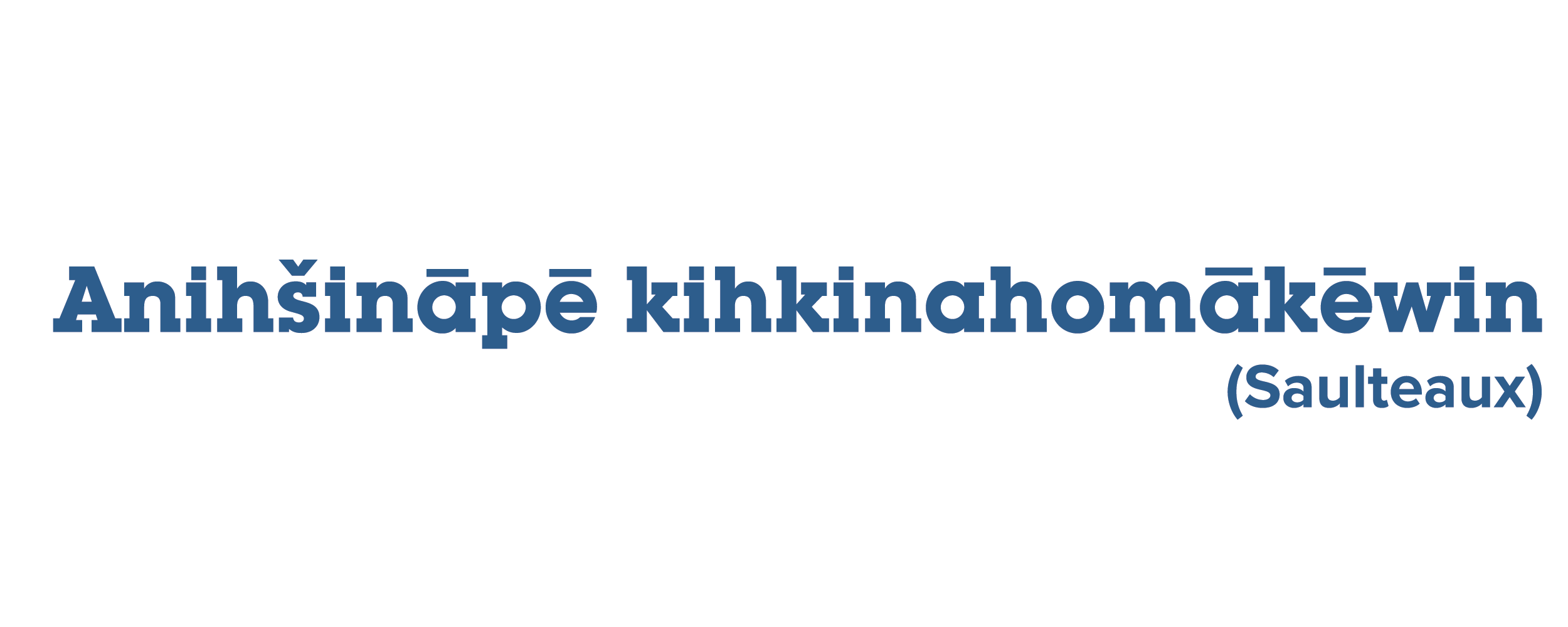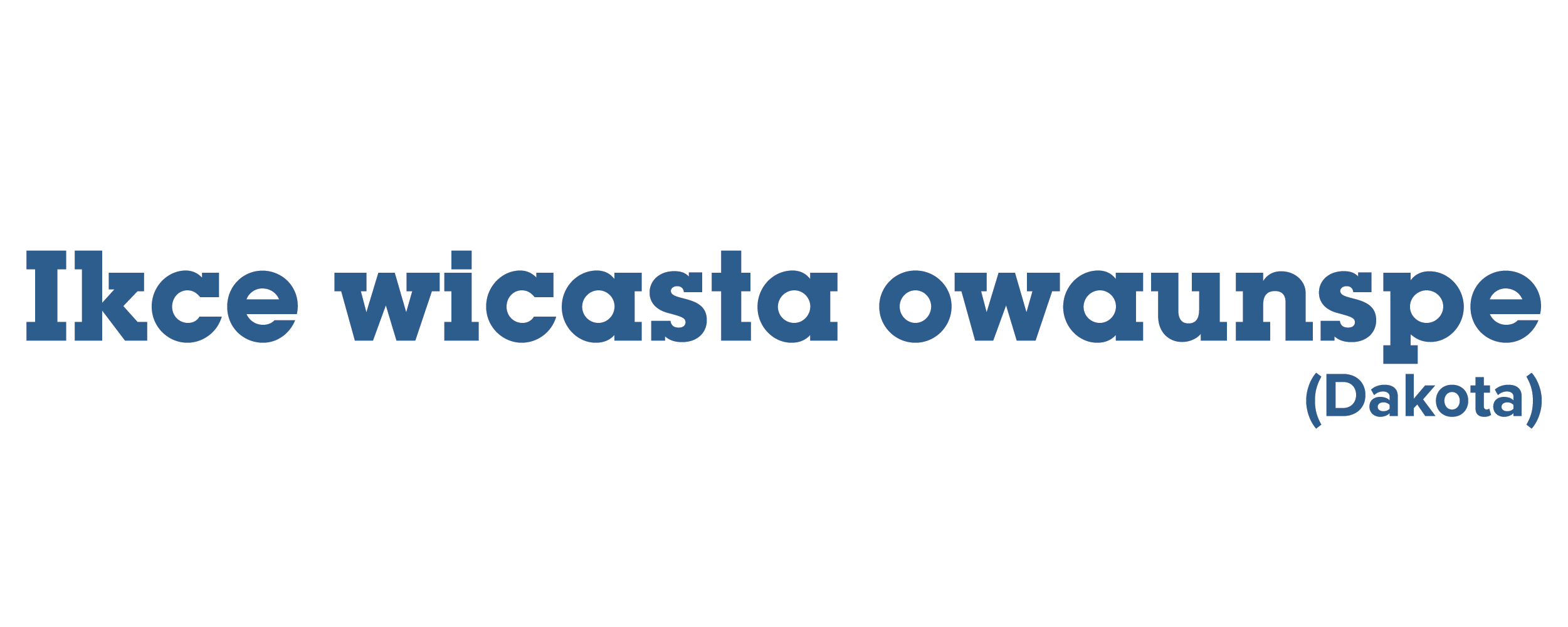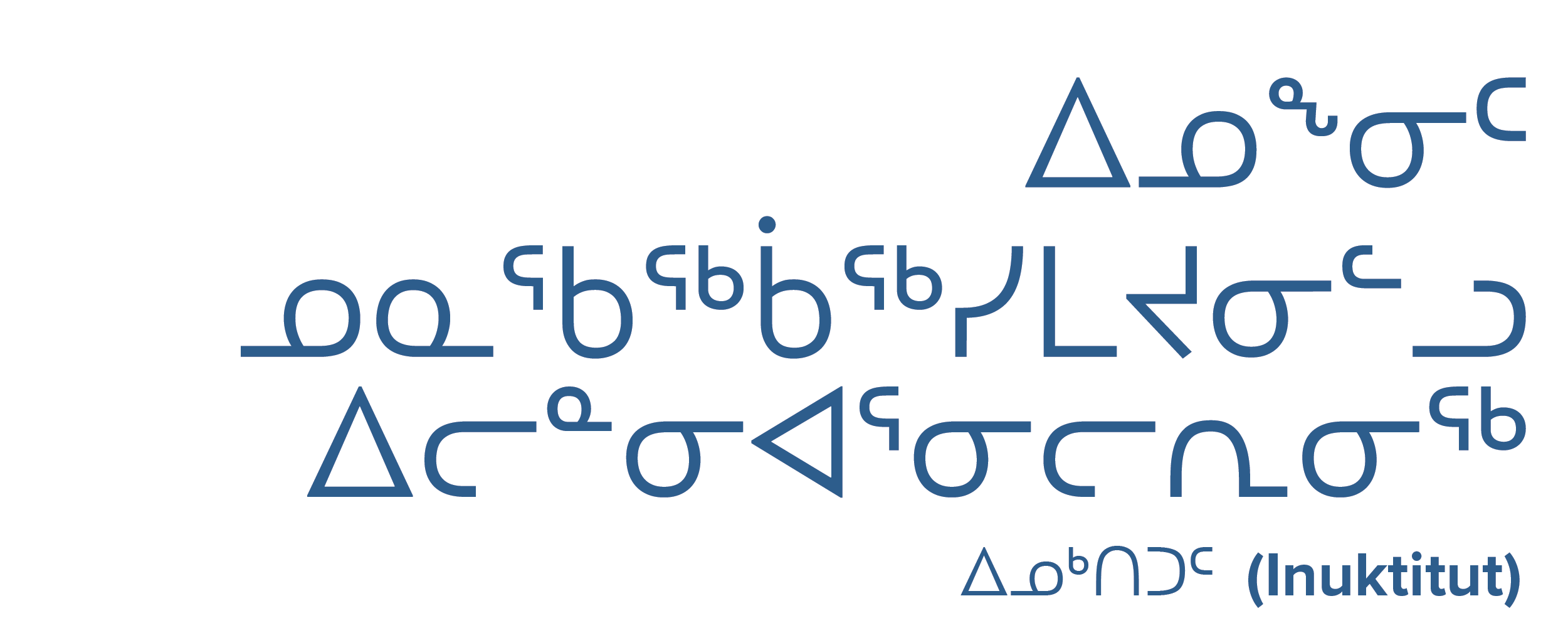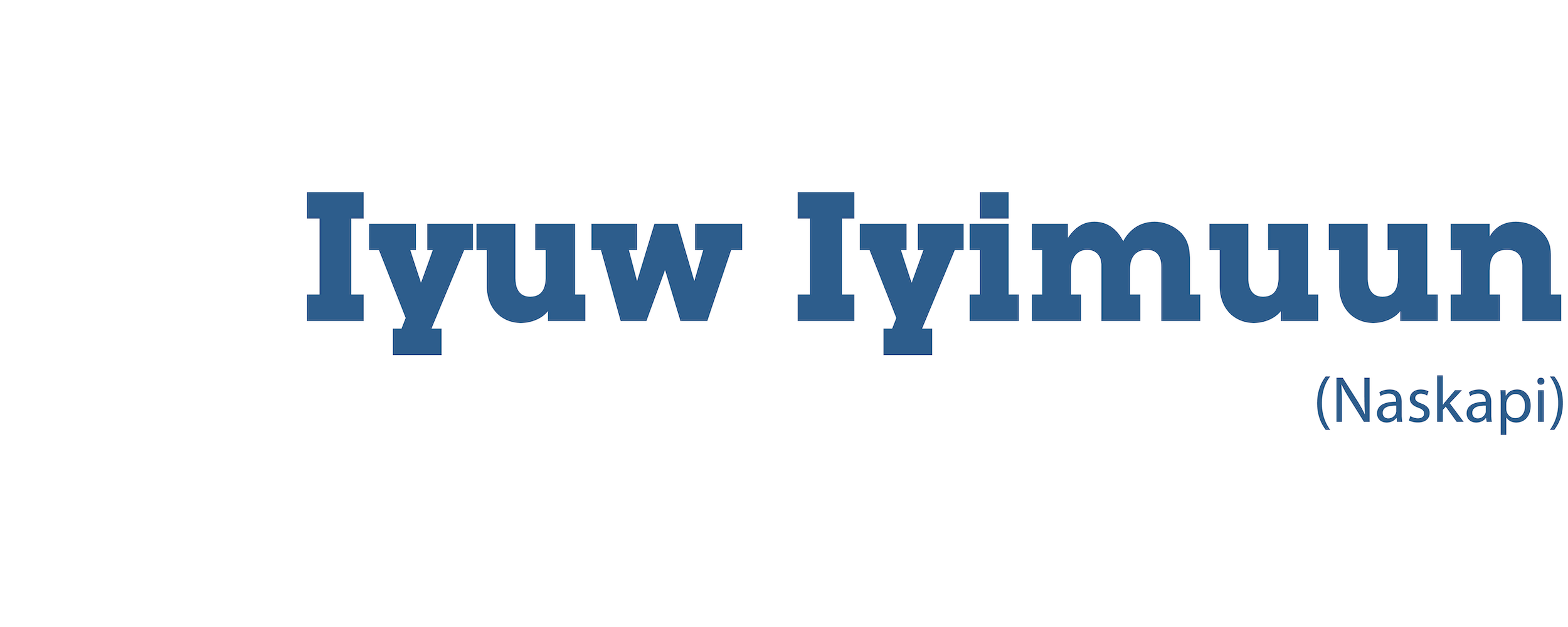Posted on April 7, 2021 by OFIFC and United Native Friendship Centre
The Alternative Secondary School Program (ASSP) addresses the needs of urban Indigenous students in Fort Frances and surrounding areas by creating a culture-based educational environment where the physical, mental, emotional, and spiritual areas of a student’s life are centered.
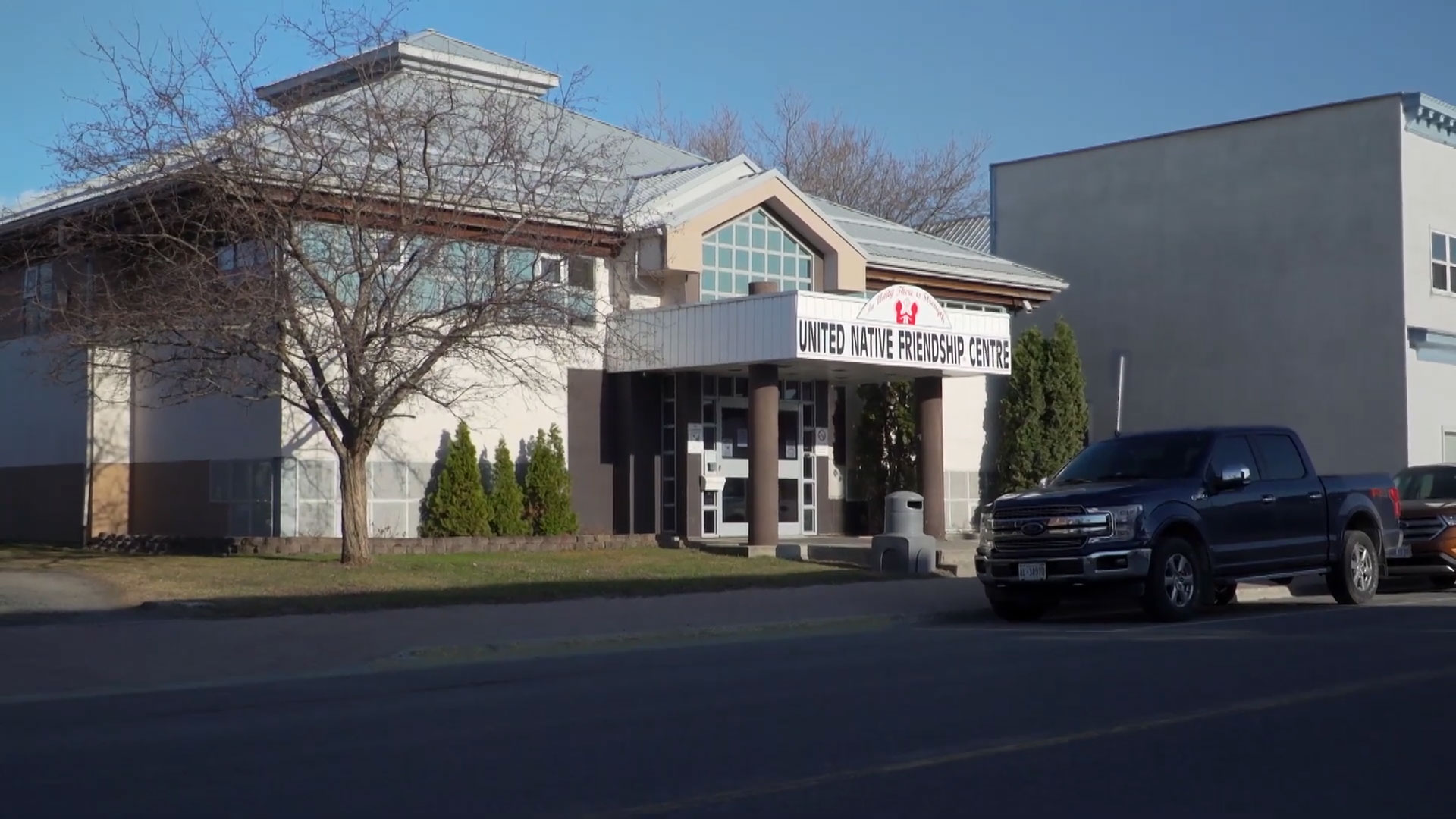
Founded in 2004, the Alternative Secondary School Program (ASSP) in Fort Frances is the culmination of a partnership between United Native Friendship Centre, Fort Frances High School and the Rainy River District School Board. The ASSP addresses the needs of urban Indigenous students in Fort Frances and the surrounding areas by creating a culture-based educational environment where the physical, mental, emotional, and spiritual areas of a student’s life are centered. Through the program, students are empowered to become active members in the community and obtain an Ontario Secondary School Diploma. The program is based on individual, independent learning courses that students can complete at their own pace and offers additional tutoring. Cultural teachings, Indigenous language, and wholistic learning approaches are integrated in the curriculum to prepare urban Indigenous students for workplace readiness, skills development and training, or transition to mainstream high school or post-secondary education institutions. The program addresses food insecurity and student nutritional needs by providing a lunch program to enrolled students. Cultural programming is made possible through collaboration with Friendship Centre staff such as the Cultural Resource Coordinator, Elders, and Knowledge Keepers.
The ASSP at United Native Friendship Centre is part of an Ontario-wide network of 11 Alternative Secondary Schools supported by the Ontario Federation of Indigenous Friendship Centres (OFIFC). The OFIFC is the largest urban Indigenous service network supporting the vibrant, diverse, and quickly-growing urban Indigenous population through programs and initiatives that span justice, health, family support, long-term care, healing and wellness, employment and training, education, and research. The OFIFC represents the collective interests and vision of its 29-member Friendship Centres, which are hubs of community and gathering spaces where people can connect to their culture, access services and programs and build community.
The vision of the Friendship Centre movement is to improve the quality of life for Indigenous people living in urban environments. Education has always been an integral part of this vision, as access to culturally-safe learning opportunities that center learners’ needs and gifts is key for the wellbeing of urban Indigenous people. The Alternative Secondary School Program was first piloted in 1990, as Friendship Centre communities organized to meet the needs of students and their families, in response to major gaps in mainstream schooling that included lack of safe, culture-based, wholistic education available to Indigenous learners. The program is realized through a partnership between Friendship Centres and their local District School Board, supported by a long-standing relationship between the Ontario Ministry of Education and the OFIFC. As a program dedicated to offering personalized support to Indigenous students within a setting that combines community and academic support, the ASSP reflects Indigenous student needs and delivers education tailored to Indigenous students in an Indigenous environment.
To learn more about this program, please visit https://ofifc.org/program/alternative-secondary-school-program/ and https://unfc.org/alternative-secondary-school-program.
Posted on March 30, 2021 by Steffany Salloum
Elder Willie Ermine from Sturgeon Lake First Nation shares about the process of community development and how possibilities like Harvest Days come to fruition in his community.
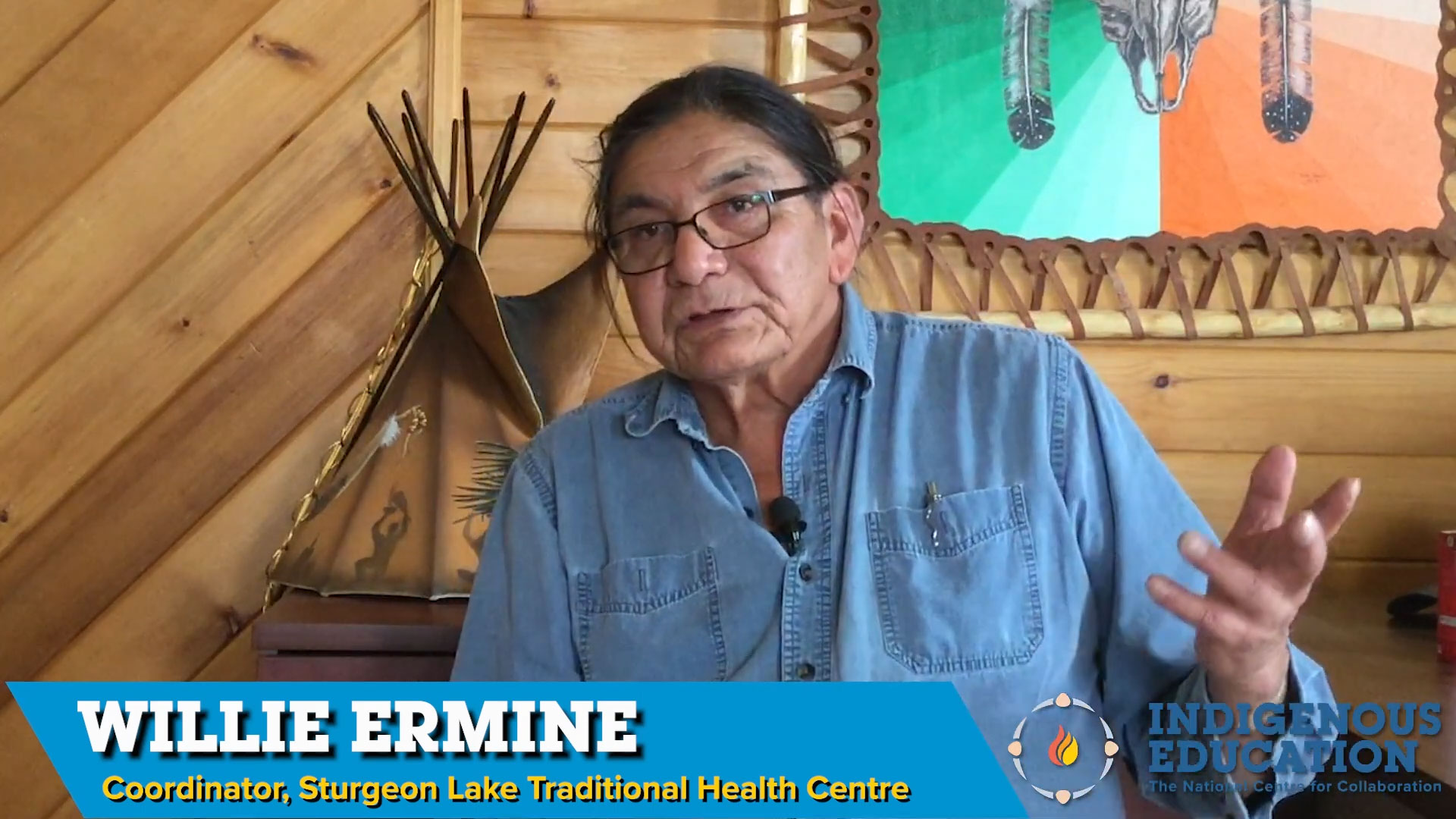
Elder and ceremonialist, Willie Ermine, from Sturgeon Lake First Nation is the Traditional Health Coordinator at the Lloyd Johnson Memorial Healing Lodge. It is through the Elder’s Council and the work of the Healing Lodge that brings Sturgeon Lake community members together. Ermine discusses the history of his community and shares about the uniqueness of community members. The people are special and it is with the gifts of the people that will determine what is possible. By extracting the memory of the community he hopes that community members will see themselves in the history and will find strength in that knowledge.
Case Study: Sturgeon Lake Traditional Health Program
Posted on by Steffany Salloum
Sturgeon Lake First Nation community members reflecting on Harvest Days during the COVID-19 pandemic.
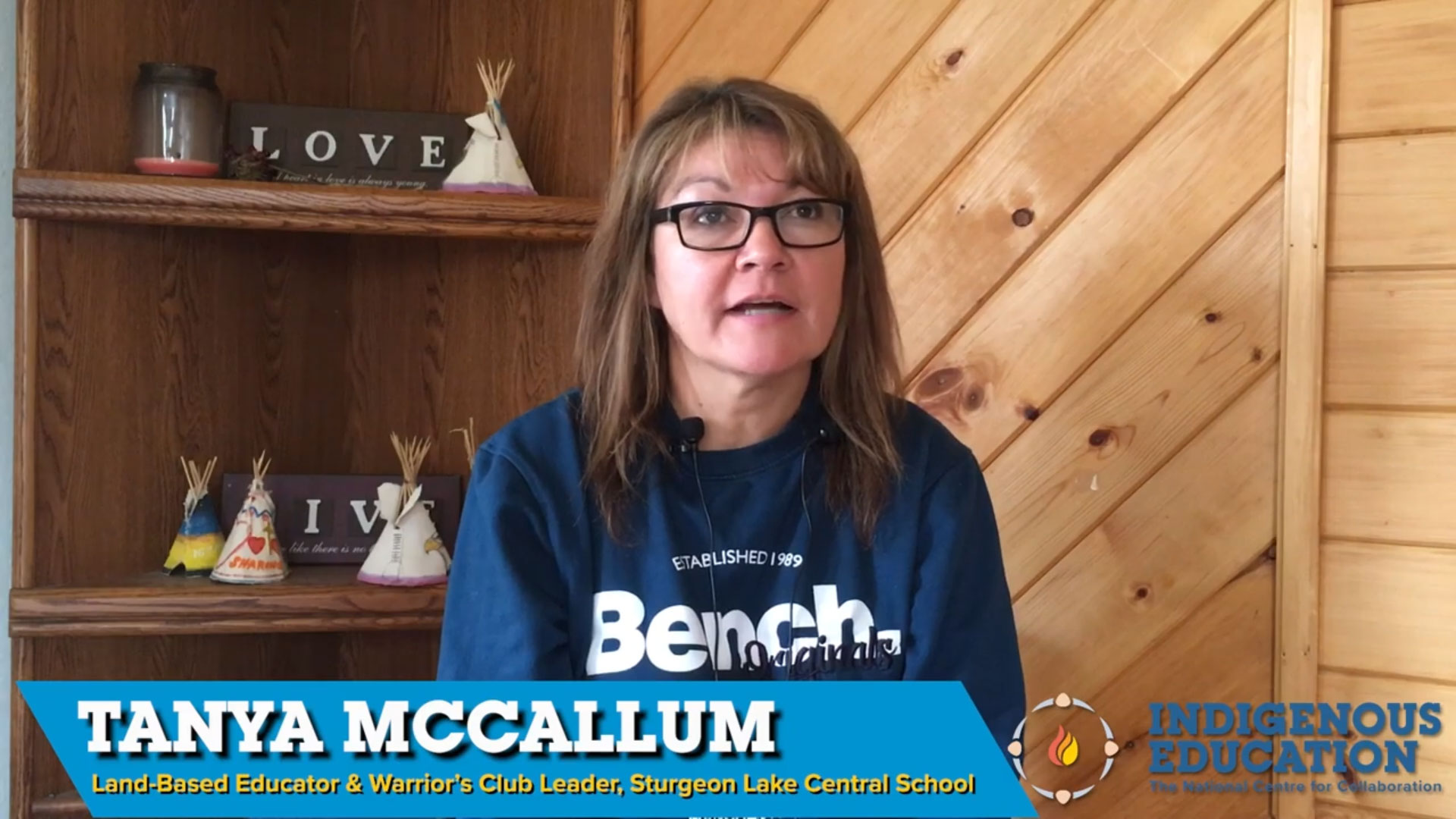
Harvest Days is an example of what is possible – community members came together at the Healing Lodge, over the course of a week, and between young and old, they hunted, fished, picked berries, processed food, prepared medicines and drank pandemic immunity. Their efforts to support their community during a pandemic and their commitment to teaching the youth about land-based learning, community, and traditional health is shown in their food security preparations.
*Disclaimer: This video deals wth the processing of deer, moose, and fish for preservation and has graphic content.
Posted on May 7, 2020 by John Vallely
An Elder, who is preparing Anishinaabe people to be responsible, knowledgeable about their culture, creation and to show us our own personal role in Creation.
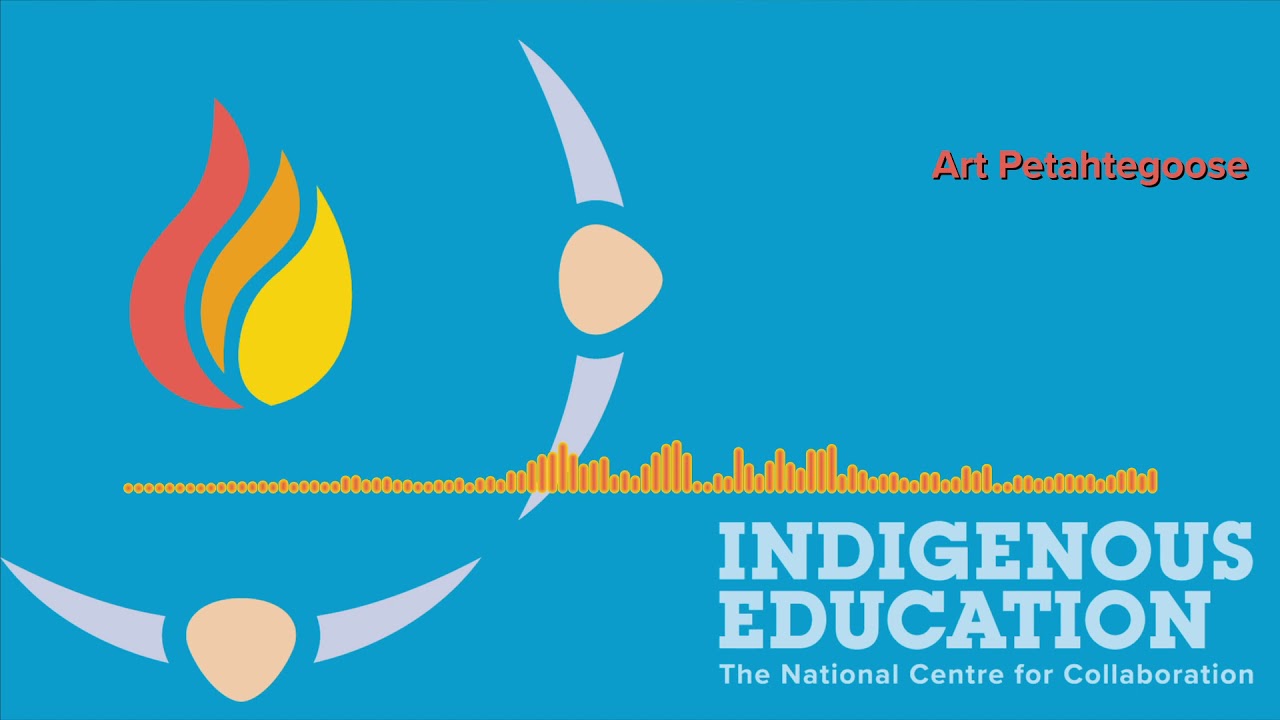
An Elder, who is preparing Anishinaabe people to be responsible, knowledgeable about their culture, creation and to show us our own personal role in Creation.
Posted on March 24, 2020 by Steffany Salloum
Founder of kâniyâsihk Culture Camps, Kevin Lewis believes that land-based education is an important way for Cree and non-Indigenous people to (re)connect with culture and identity.
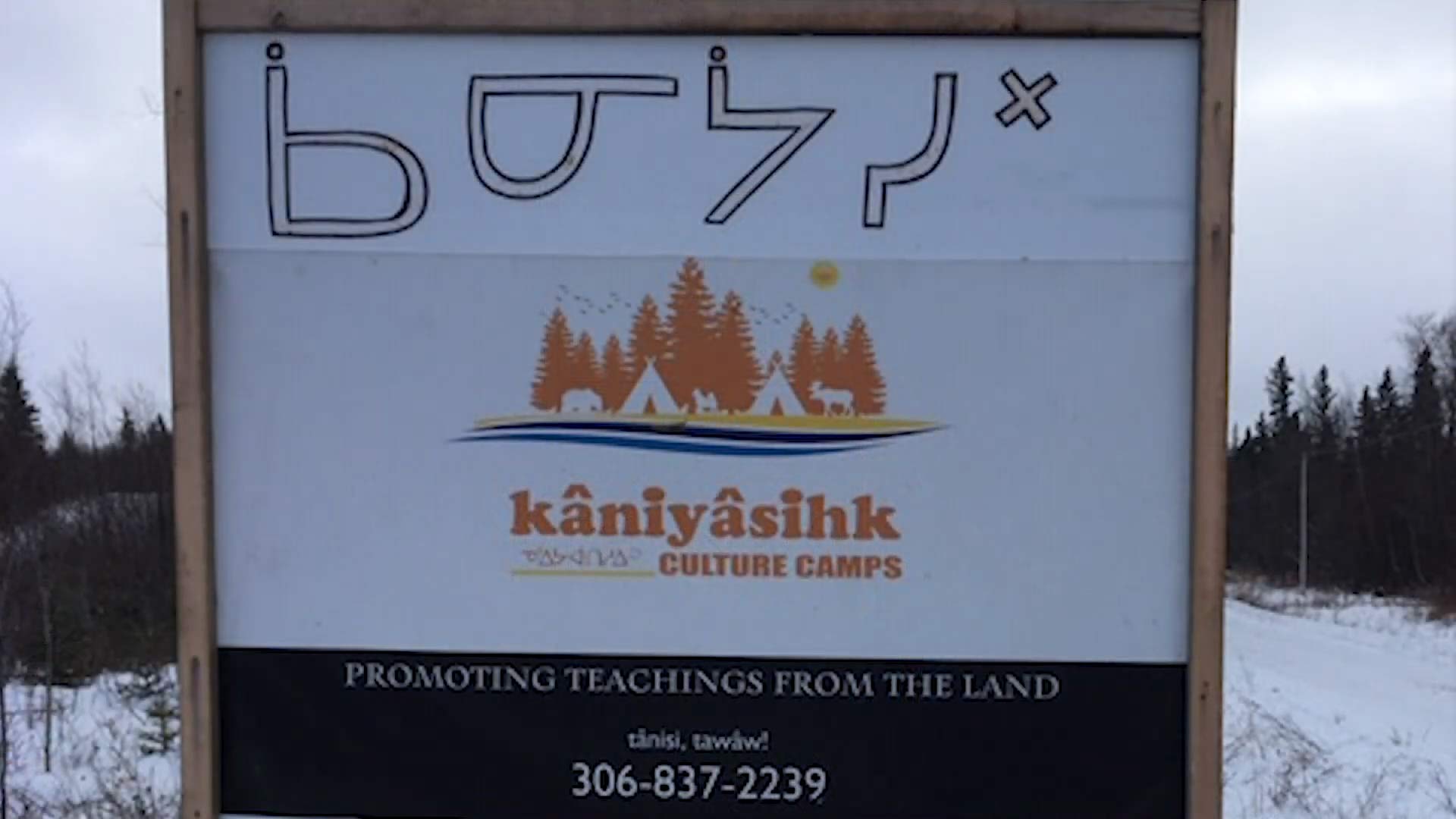
Within the last two decades, the kâniyâsihk Culture Camps at Ministikwan Lake Cree Nation have evolved from providing fall culture camps where participants took part in fishing and hide tanning to offering camps throughout all seasons and to anyone who wants to learn nehiyo (Cree) culture. Founder, Kevin Lewis explains that at kâniyâsihk Culture Camps participants take part in land-based learning that involves connecting with Elders, knowledge keepers, land keepers, medicine keepers, and berry pickers in their community. By sharing this wealth of knowledge with participants they begin to learn how to be self-sufficient and independent. Some of the many things done at camp include: learning Cree; harvesting plants for medicines; fishing and snaring; hide tanning; preserving moose, deer, elk, and fish; woodworking and building dog sleds, toboggans, birch bark canoes, snowshoes, and paddles; dog sledding; and participating in the Sun Dance, Sweat Lodge, and Chicken Dance ceremonies. The camp offers an immersive experience in nehiyo culture and Lewis hopes that more culture camps become available to people, especially for those living in urban areas.
Click here for more information about kâniyâsihk Culture Camps.
Posted on March 2, 2020 by Marion Erickson
Hailey Prince details the Nak’azdli Cultural Centre’s aims and initiatives of capturing and maintaining Dakelh traditional knowledge through methods of traditional knowledge transfer from Elders. The centre offers programs and classes that are focused on strengthening areas of traditional Dakelh knowledge. Classes include teaching Dakelh language; drums, rattles, snowshoes, shawls, vests, baskets making; as well, […]
Hailey Prince details the Nak’azdli Cultural Centre’s aims and initiatives of capturing and maintaining Dakelh traditional knowledge through methods of traditional knowledge transfer from Elders. The centre offers programs and classes that are focused on strengthening areas of traditional Dakelh knowledge. Classes include teaching Dakelh language; drums, rattles, snowshoes, shawls, vests, baskets making; as well, learning traditional ways of hunting, trapping, and fishing. Among being a place of teaching and learning, the Cultural Centre is a support system to the community through ensuring all those in need are cared for. A food hamper program is an example Hailey describes as one way the centre ensures those in need are cared for. All donations given to the centre are offered to families in need. Traditional knowledge retention and community support are just some of the areas in which Hailey Prince views the Nak’azdli centre as an area of success in Indigenous education.
Posted on October 2, 2019 by Anne Marie Jackson
This is one in a set of three videos that talk about life along the Deh Cho (Mackenzie River) and learning to fish.
Passing on knowledge to the next generation about living in ‘the bush’, learning how to camp and how to fish, is important to the Sahtu people of the Deh Cho (Mackenzie River). The people in this video talk about what it means to them to be able to spend time together away from town and for the grandparents to be able to teach their children and grandchildren how to make camp, catch and dry fish, and more. As Judy Lafferty says, “They have to learn for survival . . . It’s our place to teach them, as parents and grandparents.”
Special thanks to (in order of appearance):
- Dennita Lafferty, Participant
- Anna Turo, Participant
- Judy Lafferty, Mentor
- Wilma Manuel, Participant
- Leon Turo, Mentor
- Michel Lafferty, Mentor
As well, special thanks to:
- Anne-Marie Jackson, NCCIE Videographer and Contributor
- Christopher White, Promethean Heritage and Cultural Services, Video Editor
- Andrée Cazabon, Productions Cazabon, Producer
This video and two others in this series are also part of ‘Tracking Change: the Role of Local and Traditional Knowledge in Watershed Governance’, a project that includes listening to Indigenous peoples along the Mackenzie, Mekong, and Amazon Rivers to gather information about “long term (historic and current) patterns of social and ecological change and the interconnections between the health and dynamics of these river systems and that of river communities.” (source: www.trackingchange.ca/about)
Posted on by Anne Marie Jackson
This is one in a set of three videos that talk about life along the Deh Cho (Mackenzie River) in the Sahtu. The topic of this video is how their environment is changing due to climate change.
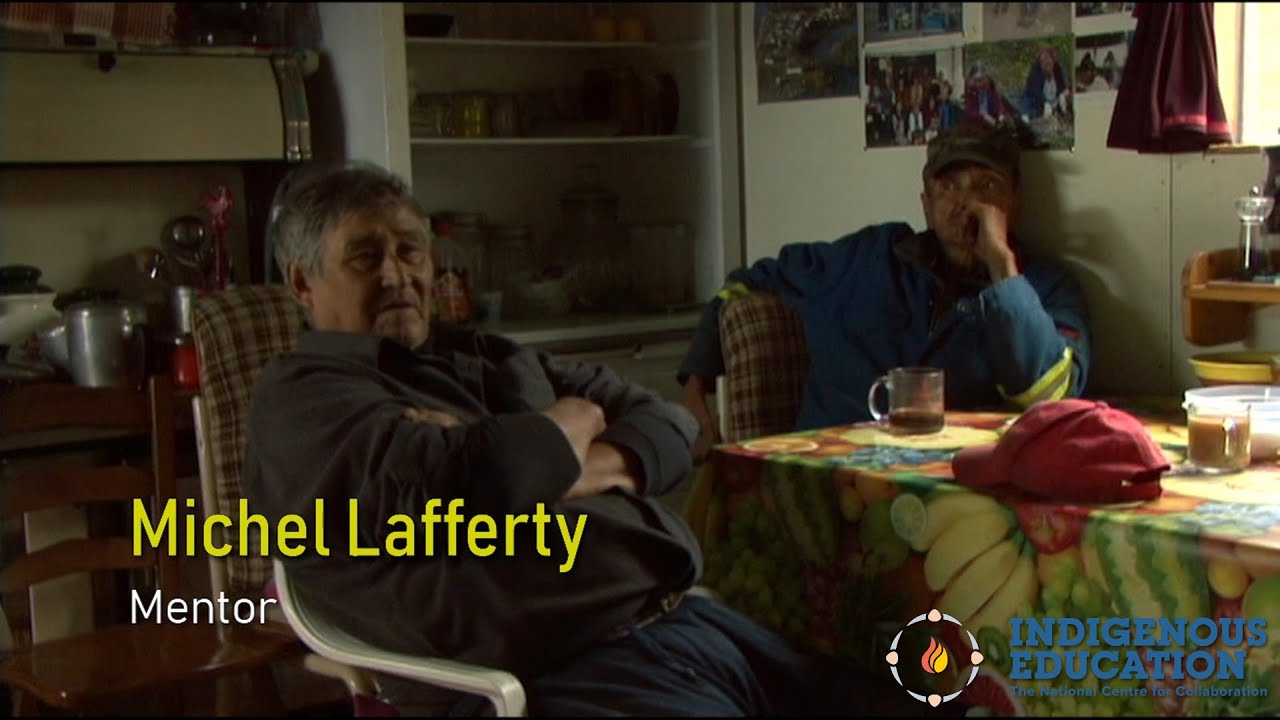
Judy and Michel Lafferty talk about changes they and other Elders have observed due to climate change in their community and along the Deh Cho (Mackenzie River).
Special thanks to Judy and Michel Lafferty, and to others in their community, for their participation in this video.
As well, special thanks to:
- Anne-Marie Jackson, NCCIE Videographer and Contributor
- Christopher White, Promethean Heritage and Cultural Services, Video Editor
- Andrée Cazabon, Productions Cazabon, Producer
This video and two others in this series are also part of Tracking Change: the Role of Local and Traditional Knowledge in Watershed Governance (trackingchange.ca), a project that includes listening to Indigenous peoples along the Mackenzie, Mekong, and Amazon Rivers to gather information about “long term (historic and current) patterns of social and ecological change and the interconnections between the health and dynamics of these river systems and that of river communities.” (source: www.trackingchange.ca/about)
Posted on July 29, 2019 by Anne Marie Jackson
Essential to living along the De Cho is having a firm grasp on the life skill of fishing; a skill that is passed down from one generation to another.
The people of K’asho Got’ine (Fort Good Hope) harvest fish from the Deh Cho (the Mackenzie River) and pass this knowledge on from generation to generation. Although fish-harvesting techniques have changed throughout colonization and amongst generations, some people still retain important practices that do not separate them from the land. Harvesters like Judy and Michel, the Elders in this video, are one of a few families who still practice land-based harvesting ‘out on the land’ in specific harvesting camps outside the community. One change in harvesting techniques that has become more common is harvesting within the community. With full-time jobs and their children committed to education, it is difficult for those who harvest to go ‘out on the land’ for extended periods of time. Some find it more accessible to set nets close to the community and harvest outside their houses with teepees at their doorstep. Other inevitable changes to traditional harvesting techniques include adapting to non-traditional tools with the help of technology and modern materials. Amidst all of these changes in traditional harvesting practices and techniques, Judy and Michel, the Elder teachers, still emphasize the importance for them to remain each year harvesting fish ‘out on the land,’ hence – “Luge k’e rahtse deh, we live with the fish.”
Special thanks to (in order of appearance):
- Wilma Manuel, Participant
- Judy Lafferty, Mentor
- Michel Lafferty, Mentor
- Anna Turo, Participant
As well, special thanks to:
- Anne-Marie Jackson, NCCIE Videographer and Contributor
- Christopher White, Promethean Heritage and Cultural Services, Video Editor
- Andrée Cazabon, Productions Cazabon, Producer
This video and two others in this series are also part of Tracking Change: the Role of Local and Traditional Knowledge in Watershed Governance, a project that includes listening to Indigenous peoples along the Mackenzie, Mekong, and Amazon Rivers to gather information about “long term (historic and current) patterns of social and ecological change and the interconnections between the health and dynamics of these river systems and that of river communities.” (Source)
Posted on July 1, 2019 by randyqattalik
Makimautiksat is an evidence-based youth camp that aims to equip Nunavut youth with critical life skills and knowledge that fosters positive mental health and wellness.
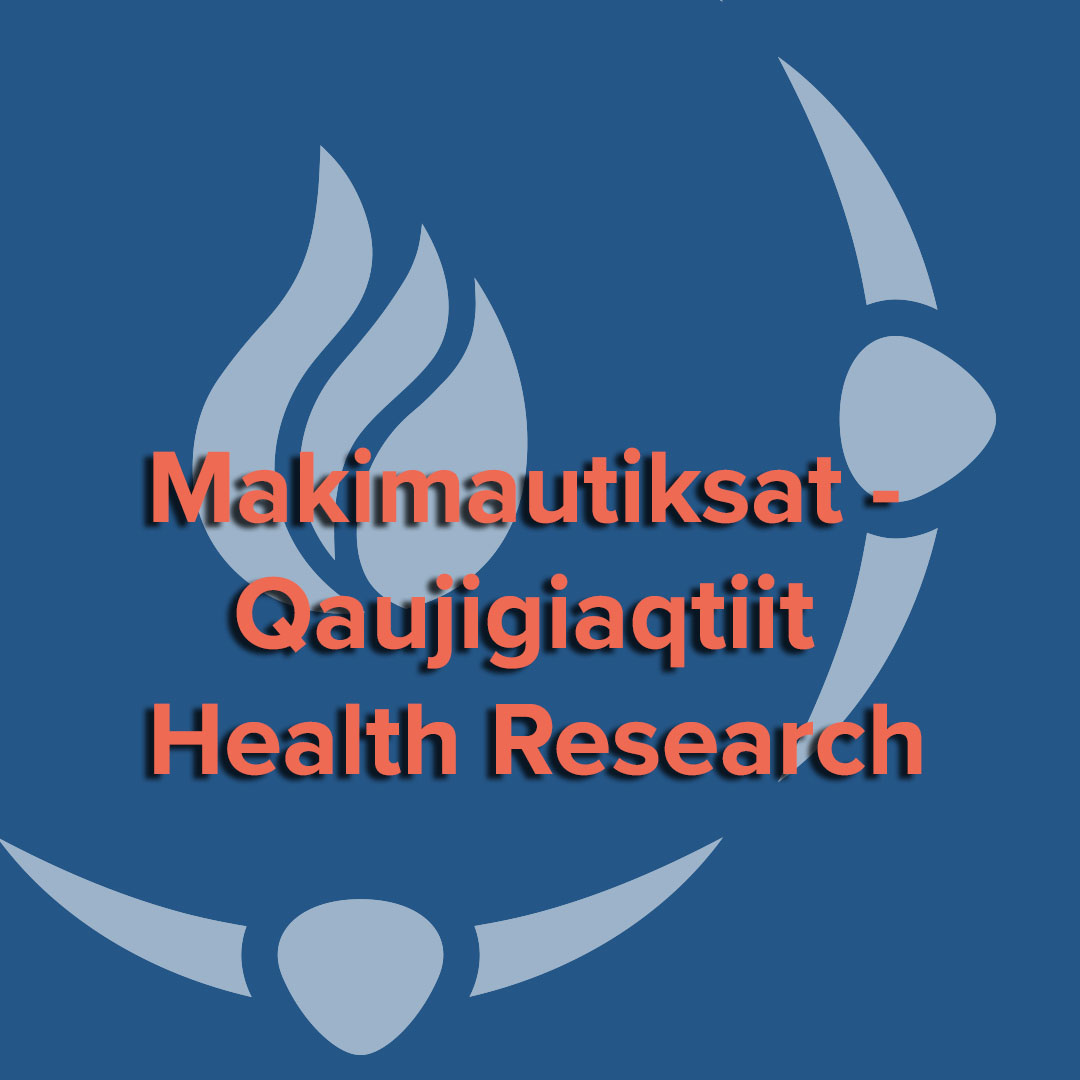
The Makimautiksat camp was designed by Nunavummiut for Nunavut youth. Makimautiksat is an Inuktitut word that can be interpreted as “building a solid foundation within oneself”. Click here for more information about Makimautiksat.
